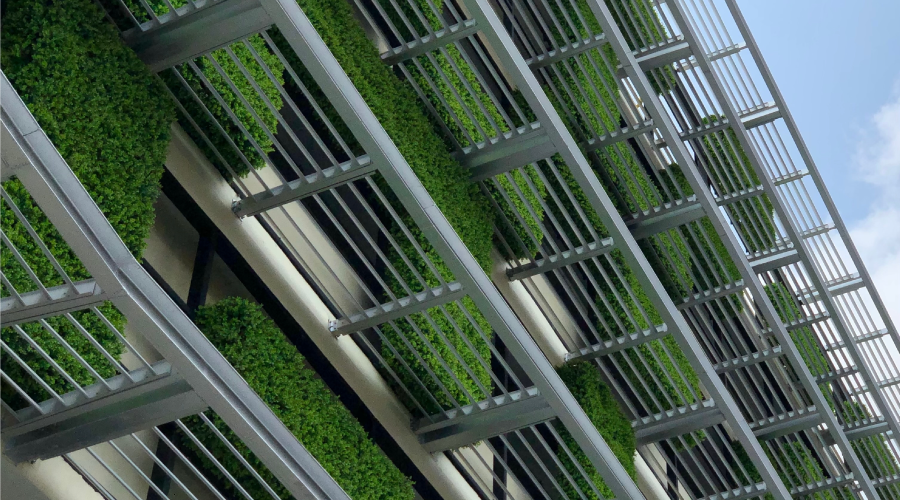Submetering Technology Helps Managers Meet Energy-Efficiency Goals
The need for submetering technology in institutional and commercial facilities has never been greater. With the increased focus on resource conservation, energy management has come to the forefront of many conversations. Stakeholders and design teams work to define conservation benchmarks and approaches that balance the total cost of ownership with stewardship goals.
System operators and financial officers scrutinize systems performance and energy-use trends well after project closeout. As a part of the funding requirement, rebate and granting organizations require post-occupancy reporting of energy use up to 10 years after substantial completion.
Along with local jurisdictions introducing more stringent codes that reduce energy use, quantifying system performance has become essential in providing a true measure of conservation in the operation of systems and facilities. As a result, maintenance and engineering managers are deploying more sophisticated energy management systems (EMS), and submetering is becoming a common tool to achieve these goals.
Isolating Power Use
An EMS with main electrical service monitoring offers a historical trend log for operators to evaluate overall power use and spikes in energy use. By comparison, submetering aids in isolating locations in which the power is used and factors contributing to the spikes.
Identifying the systems to submeter is an exercise in defining, categorizing and programming groups of systems that align with facility operations and functional spaces. For example, in a primary academic environment, a submetering model might consist of categories for lighting, plug loads, heating, cooling, fans, pumps, computers and other. A hospital might expand the systems monitored to include medical air and medical vacuum.
One critical factor in realizing the benefits of submetering is tracking and monitoring post-construction energy use, whether in dollars, kilowatt hours, or Btu. Discrepancies between forecasted and actual use levels will be apparent, and managers can implement an appropriate course of action.
In some cases, this step requires retrocommissioning the systems by evaluating trend logs, building use, and control sequences, and making adjustments to optimize energy use without adverse effects to building operations. In other cases, it might require additional investigation into the human factor and the actual use of the facility.
Of the different components to track, monitor and resolve, the human factor can be the most challenging to identify and rectify. Communicating technical attributes and benefits to a diverse audience, such as the end user, is an evolving behavioral science.
For decades, researchers have studied the art of engaging end users in the operation of their personal spaces. With the recent introduction of enhanced user interfaces, managers have additional options to create awareness, inspire, and engage end users into making smarter decisions on resource conservation. A well-planned EMS and submetering system can be valuable tools in this effort.
Related Topics:














